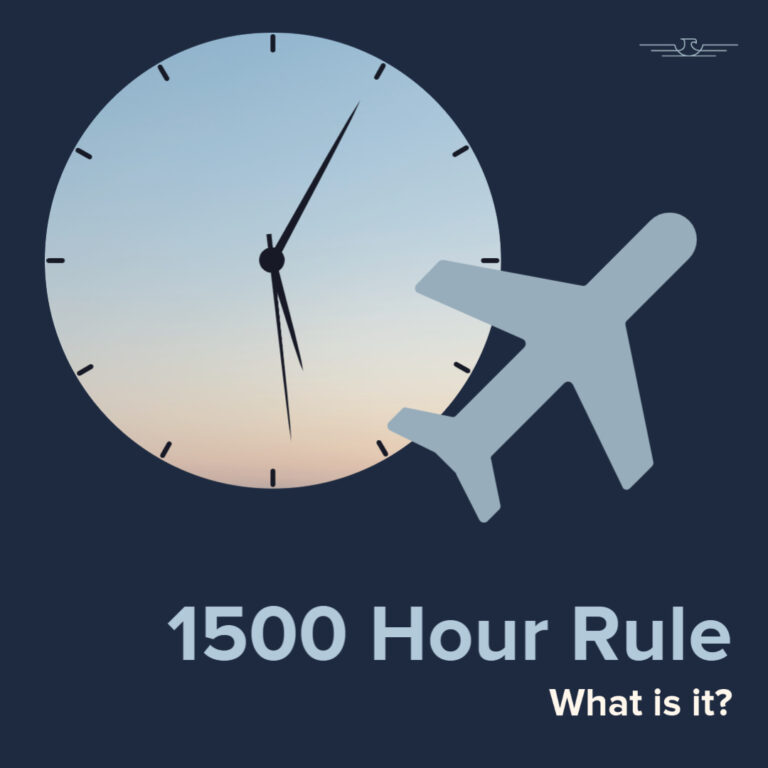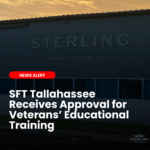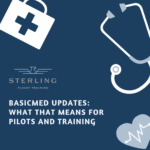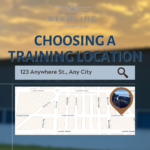There is a common misconception by students looking into flight training that once you become a commercial pilot you are cleared to fly for an airline. While it is true you can get paid for your time as a pilot upon reaching this milestone, your future airline career still requires additional training and flight time.
Thus, enters the 1500-hour rule. The FAA established this rule to promote safety among airline pilots. Under this ruling first officers and captains must have an Air Transport Pilot Certificate (ATP), which requires 1500 hours total time as a pilot with 250 hours as Pilot in Command, and an aircraft type rating which involves training specific to the airplane they will fly.
To qualify for the ATP, a pilot must meet the following requirements:
- Be at least 23 years old
- Hold a commercial pilot certificate and instrument rating
- Pass the ATP knowledge and practical tests
- Have 1500 hours total time as a pilot
There can be an allowance for pilots with fewer than 1500 hours of flight time, or those who have not met the minimum age requirement of 23, under what is called a Restricted ATP. This allows a pilot to serve as a co-pilot until reaching the necessary 1500 hours under these conditions:
- Military pilots with 750 hours total time as a pilot
- Graduates that hold a Bachelor’s degree with an aviation major and 1000 total hours as a pilot
- Graduates that hold an Associate’s degree with an aviation major and 1250 total hours as a pilot
- Pilots who are at least 21 that have met the 1500 hour requirement
How to build flight time
After achieving your commercial pilot license most students have around a minimum 250 flight hours logged. So, how do you go from 250 to 1500? You do something called time building, which can be done a few different ways.
- You get a job as a commercial pilot (not to be confused with airline pilot). The FAA has a list of jobs a commercial pilot can legally perform, which includes opportunities like aerial application (crop dusting), pipeline patrol, banner towing, air charter, sightseeing flights (with a valid FAA permit), aerial photography, traffic watch, ferry flying and agricultural flying. These jobs can be highly competitive as the number of openings are limited compared to the number of commercial pilots.
- Pay for the flying yourself. While this is certainly the most expensive out of the three options, some pilots find they like the control of knocking out their hours on their schedule. One option is to purchase your own plane to build hours this way or rent with a local FBO to build your time.
- Become a Certified Flight Instructor. To be clear this option does require you to continue with your training to achieve an instructor license; however, it’s by far is the more popular option and in our opinion, the best one for pilots wanting to reach an airline career. With the projected professional pilot shortage, training enrollments are up so instructors are in demand. As a CFI you can pass your knowledge onto the next generation of pilots, have a steady schedule and all the hours you fly instructing a student count toward your 1500 hours. Plus, most positions are well paid!
Achieving your dream of being an airline pilot requires dedication and the hours may seem daunting, but rest easy – it’s within your reach and if you are passionate about flying it will hardly seem like work. The sooner you begin your training, the sooner you can get on your way to doing what you love!






